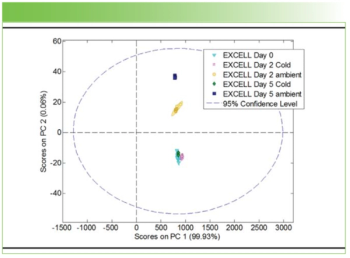
World's Strongest Laser Unveiled
The world's most powerful laser was unveiled Friday at the Lawrence Livermore National Laboratory (Livermore, California).
The world's most powerful laser, known officially as the National Ignition Facility, was unveiled Friday at the Lawrence Livermore National Laboratory (Livermore, California).
The super laser was created to help keep tabs on the nation's nuclear weapons stockpile while also studying the heavens. It is the size of a football field and consists of 192 separate laser beams, each traveling 1,000 feet in one-thousandth of a second to converge simultaneously on a target the size of a pencil eraser.
Federal officials plan to use the laser on an assignment that would include ensuring aging nuclear weapons are functioning properly without resorting to underground testing. Other uses will include the study of astrophysics and experiments in developing green energy programs.
Beginning in 2010, scientists also will use the laser for experiments aimed at creating controlled fusion reactions similar to those found in the sun.
Newsletter
Get essential updates on the latest spectroscopy technologies, regulatory standards, and best practices—subscribe today to Spectroscopy.





